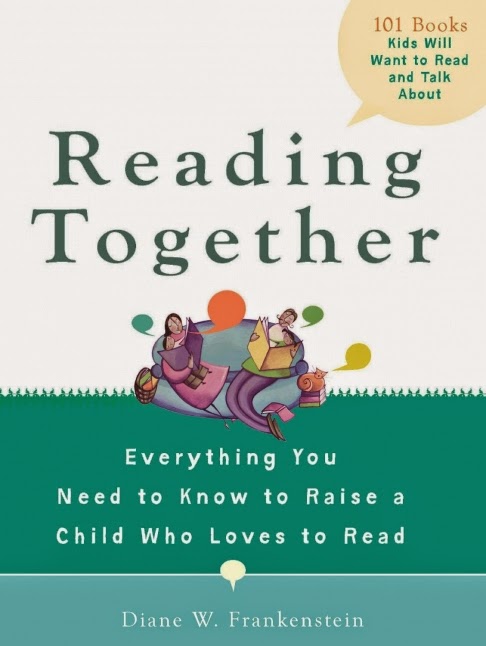“Why is Goodnight Moon such a big deal?” my friend asked me. The classic story by Margaret Wise Brown doesn’t seem that notable on first glance: a slightly off-putting colour scheme depicting a story without any exciting plotlines or humorous developments.
I urged her and her young child to give the picture book another try, and pointed out a few things to take note of.
The same scene in the bedroom repeats itself through the story, but illustrator Clement Hurd shows subtle changes with each successive image: the lighting, the little rabbit initially on top of the covers and later snuggled under them, and the unassuming mouse.
The verses in the first part of the book have a sing-song quality; the latter part is devoted to the rabbit’s special bedtime ritual of wishing a good night to his surroundings.
A quality picture book can be reread and enjoyed many times over, and I can’t think of a better example than Goodnight Moon. My four-year-old daughter is still at that stage of discovering new favourites and never tires of hearing them again and again.
But her six year-old sister is now reading on her own, and rarely returns to the same book.
I assumed the natural progression would be for older children to continue their reading on their own, with the added bonus of parents who continue to read aloud a shared story together.
Then I learned of Diane Frankenstein. Through her bestselling book, Reading Together, Frankenstein shows that when children start reading independently, parents need to become more, not less, involved.
A while back, another friend had lamented that her 11-year-old son had poor writing skills, and took great effort to complete book reports and creative writing essays that demonstrated critical thinking (or any kind of thinking, she had joked).
I had given her my canned advice, “Your son needs to read more. The more he reads, the better a writer he will become.” When my friend replied that her son has been reading voraciously since grade one, I was stumped.
Looking through Reading Together, I am beginning to understand that children need to talk about the books they read. “Showing children they have something to say about the books they read helps them engage and connect with a story – children who talk about stories understand the stories better,” Frankenstein says.
A child who is reading independently needs guidance as much as one being read to.
Frankenstein’s long career as an education consultant has enabled parents to “help their children get more out of the books they read”.
When parents have conversations with their children about the stories they are reading, they are helping them develop theory of mind, that is, the ability to understand that others have separate thoughts and feelings.
Such an understanding leads to empathy, imagination and creativity. Children cannot create fantastical pieces of writing unless they can delve into their story’s characters.
Frankenstein is returning to Hong Kong to present a “book camp” for parents of children aged six to 12 years.
This will be the first local event in which she provides discussions about chapter books and the conversations that parents and children can have.
She will cover topics such as bullying, empathy, adversity, peer pressure, popularity, self-esteem, motivation and making a difference.
If the question of reading and writing comes up again, my quip will be: “You and your child need to have conversations about what he’s reading. The better reader he is, the better writer he will become.”
- Bring Me A Book Hong Kong will host Diane Frankenstein’s Book Camp workshops from January 23 to 27. For more information and registration, go to openclass.hk/activity/2458
Annie Ho is board chair of Bring Me A Book Hong Kong bringmeabook.org.hk a non-profit organisation advocating family literacy
